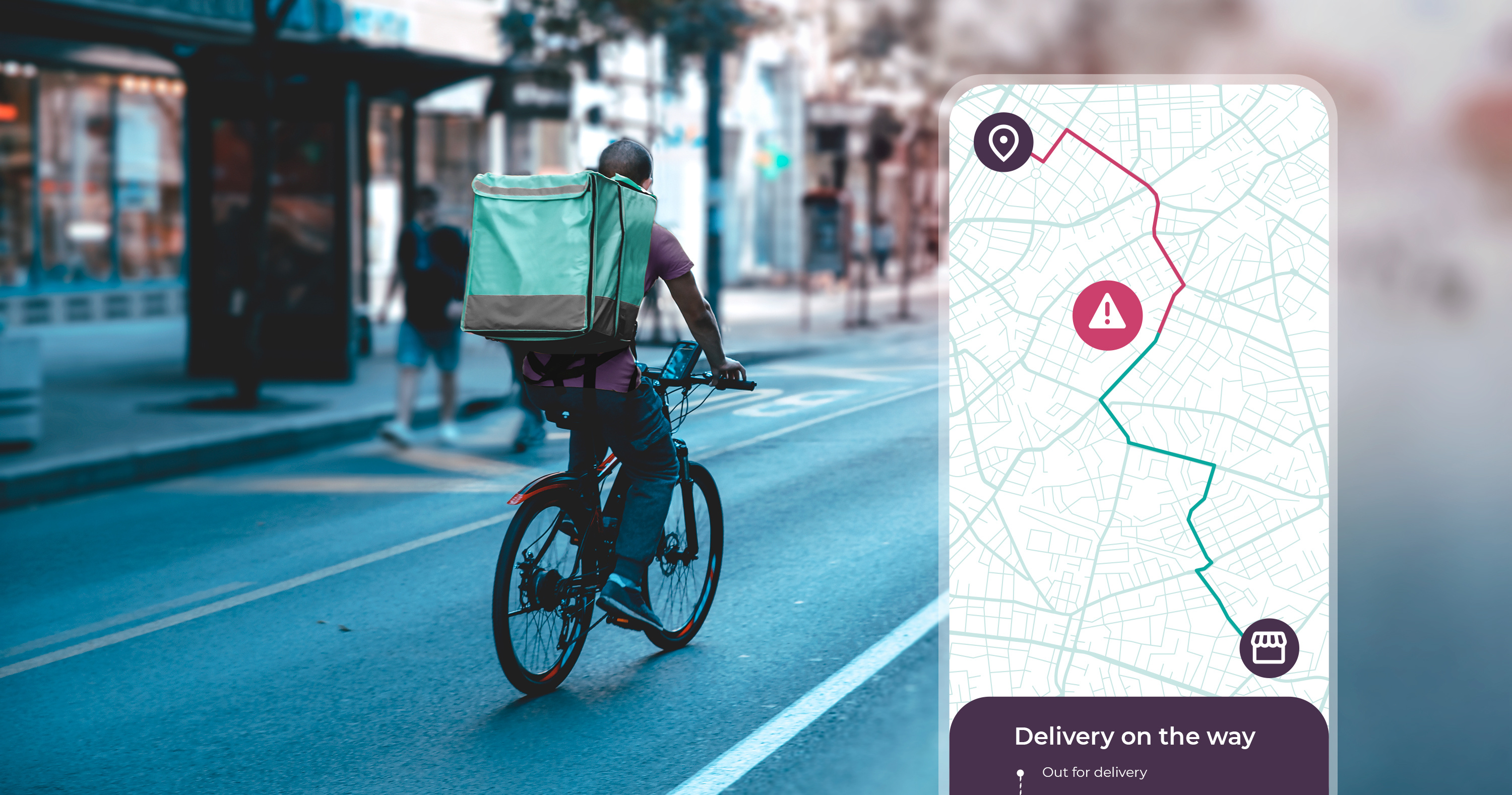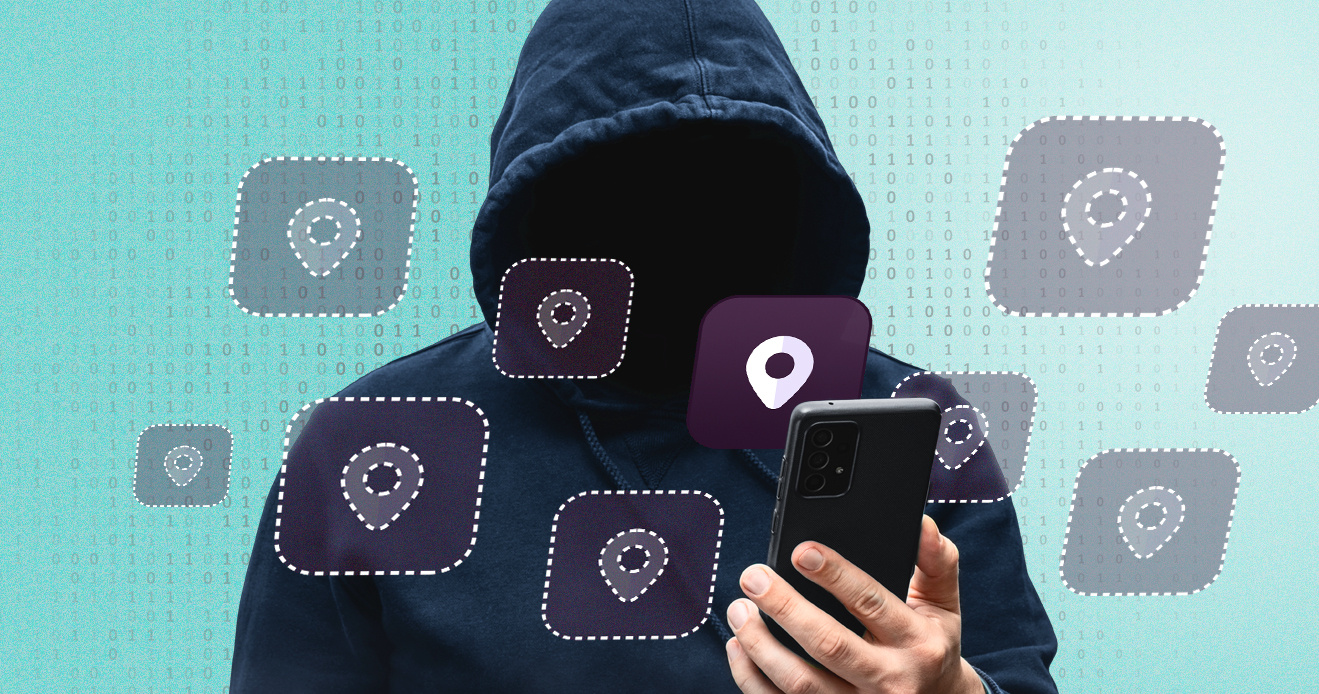- Blog
- You Are Who People Say You Are: Understanding the Reputational Impact of Courier Scams
You Are Who People Say You Are: Understanding the Reputational Impact of Courier Scams
Digital marketplaces are built on trust: trust for the platform, trust for vendors or service providers, and trust for consumers. When one or multiple of these parts breaks down, the trust goes with it, and trust is a resource that can't be bought back. Courier scams erode consumer trust in delivery apps—after all, how can consumers feel comfortable ordering delivery from an app they've suffered a courier scam with before? In this post, we'll explore some of the reputation impacts of courier scams and some ways to prevent them.
Subscribe to the Incognia Newsletter
There are a million places a given person’s disposable income could go. For a lot of consumers today, one of those places is food delivery apps. The convenience of enjoying groceries, guilty pleasure junk foods, and restaurant favorites without having to leave your house is immense, but it’s clear that most Americans view it as a luxury expense—meaning that when the purse strings tighten, conveniences like delivery food are some of the first expenses on the chopping block.
Said differently, consumers are willing to spend extra for their dinner by using delivery apps, but they’re also willing to abandon those same apps if the price is too high for what they get. Bad actors working as couriers are a threat to your customer loyalty and your place in a customer’s “worth it or not” considerations. Courier scams stand to cost delivery apps more than just the price of compensating users for a stolen meal or unsatisfactory experience.
In the worst cases, even one bad experience with a courier can be enough to lose a customer for life, as well as ward off anyone they might tell about their experience on your app.
Key TakeAways
- Courier scams erode consumer trust in a delivery platform, which can reduce retention, loyalty, and sales
- Scam risk factors are linked to other bad courier behaviors like policy violations, account sharing, location spoofing, and missing or late deliveries
- Verification and device integrity checks at onboarding can help identify the risk signals associated with bad couriers and prevent scammers from gaining access to the platform
The importance of positive user experience for delivery apps
Delivery apps are a convenience service, so anything that disrupts their convenience can leave users feeling like they didn’t get what they really paid for. For example, even if a platform is willing to compensate users for missing items or late deliveries, if the point was a more convenient way to get their food, having to interact with customer service defeats that.
The price point is something else to consider. As consumer demand, average disposable income, and laws impacting delivery price all evolve, so too will how willing customers are to spend more to have their food delivered. For instance, in New York City, where couriers are required to make at least $19.56, resulting price increases have had a negative impact on order rates.
So, what does this have to do with courier scams? Imagine a diner in New York City who decides to keep ordering delivery food even despite the recent price increases. Now imagine that same customer, already paying a premium, never getting their food, getting their food late, or even getting scammed by the courier in a social engineering scheme.
It’s not hard to imagine how detrimental a negative experience with a courier can be for stressing already-strained customer loyalties and spending. Positive delivery experiences are vital to ensuring that customers keep coming back, even as other factors around consumer spending fluctuate.
Delivery apps are a convenience service, so anything that disrupts their convenience can leave users feeling like they didn’t get what they really paid for.
Positive delivery experiences are vital to ensuring that customers keep coming back, even as other factors around consumer spending fluctuate.
What do courier scams and other bad courier behavior look like?
Bad courier behavior can take on a variety of forms, from couriers that are actively scamming or abusing the platform to couriers that simply underperform.
Policy violations and incomplete orders are linked
Within Incognia’s network, we’ve seen that couriers that are already violating app policies are also more likely to have poor performance.
For example, among couriers who either unauthorizedly shared their account with others or who had multiple accounts that they switched between, missed or incomplete deliveries were almost twice as likely. As our Global Head of Industry Eduardo Pires explains, we also saw this trend with other types of policy violations, like location spoofing:
Portable point-of-sale machines
Sometimes, working as a courier gives bad actors access to victims they can exploit using the delivery driver pretext. In one of the toughest cases of courier fraud Incognia has seen, couriers were canceling their orders after picking up the food, only to show up at a customer’s door anyways. At that point, they would blame the cancellation on a glitch in the app, and offer the customer a portable point-of-sale device to pay with instead.
What the customer didn’t know was that the POS system had been tampered with, and it was actually charging them hundreds of dollars more than what they were seeing on the screen. In this case, bad actors took advantage of the trust customers had in the app and its couriers to trick them into paying hundreds of dollars for one delivery.
Here's Eduardo Pires again, breaking down how the scam works:
Location spoofing for higher-paying orders
Sometimes, suspicious couriers do actually want to work with the app, but they want more bang for their buck. For example, a courier working out of New Jersey might realize that the orders in Manhattan have better tips and base pay. Manhattan is out of their typical service range because the distance is so far, so they use a location spoofing app to change their device’s location and gain access to orders in Manhattan. The result is that customer wait times are far extended.
Among apps that are required to pay by the mile, it’s also common for couriers to use GPS spoofers to artificially extend the length of their trip.
How do you detect suspicious courier activity and protect your platform integrity?
Where there’s smoke, there’s fire, and suspicious courier activities don’t happen without leaving signs.
At Incognia, we use a next-generation device intelligence solution to check courier devices for the presence of suspicious apps or configurations, like emulators, GPS spoofers, app tampering tools, and so on. Device integrity checks can also determine whether the app was downloaded from an official source or not, which can be another risk signal indicating potential fraudulent intent.
What’s more, fraudsters often work with multiple accounts, devices, and even other fraudsters. In these cases, Incognia uses location intelligence to group bad accounts together, allowing for a blanket ban of high-risk devices. This ban can persist even if the fraudsters try to use factory resets and other obfuscation methods to ban evade and rejoin the platform.
The signs of fraudulent intent are usually present even at onboarding. Looking for risk signals and decisioning based on how high or low risk a device is (or using step-up verification for riskier devices) can drastically trim down the number of bad couriers that are able to join your platform. When less high-risk couriers join your platform, there are less bad couriers that get a chance to damage your reputation among your customers.




